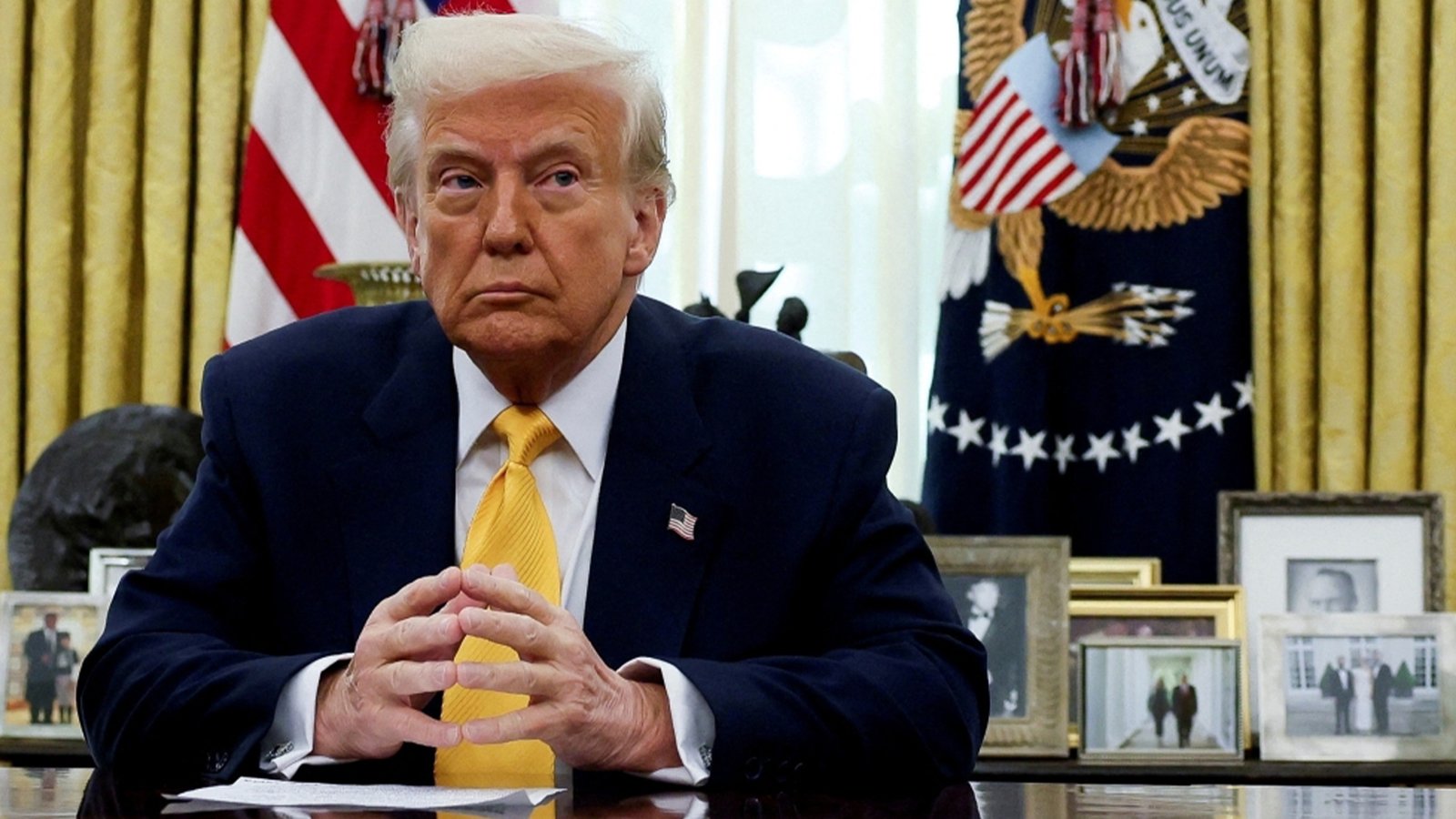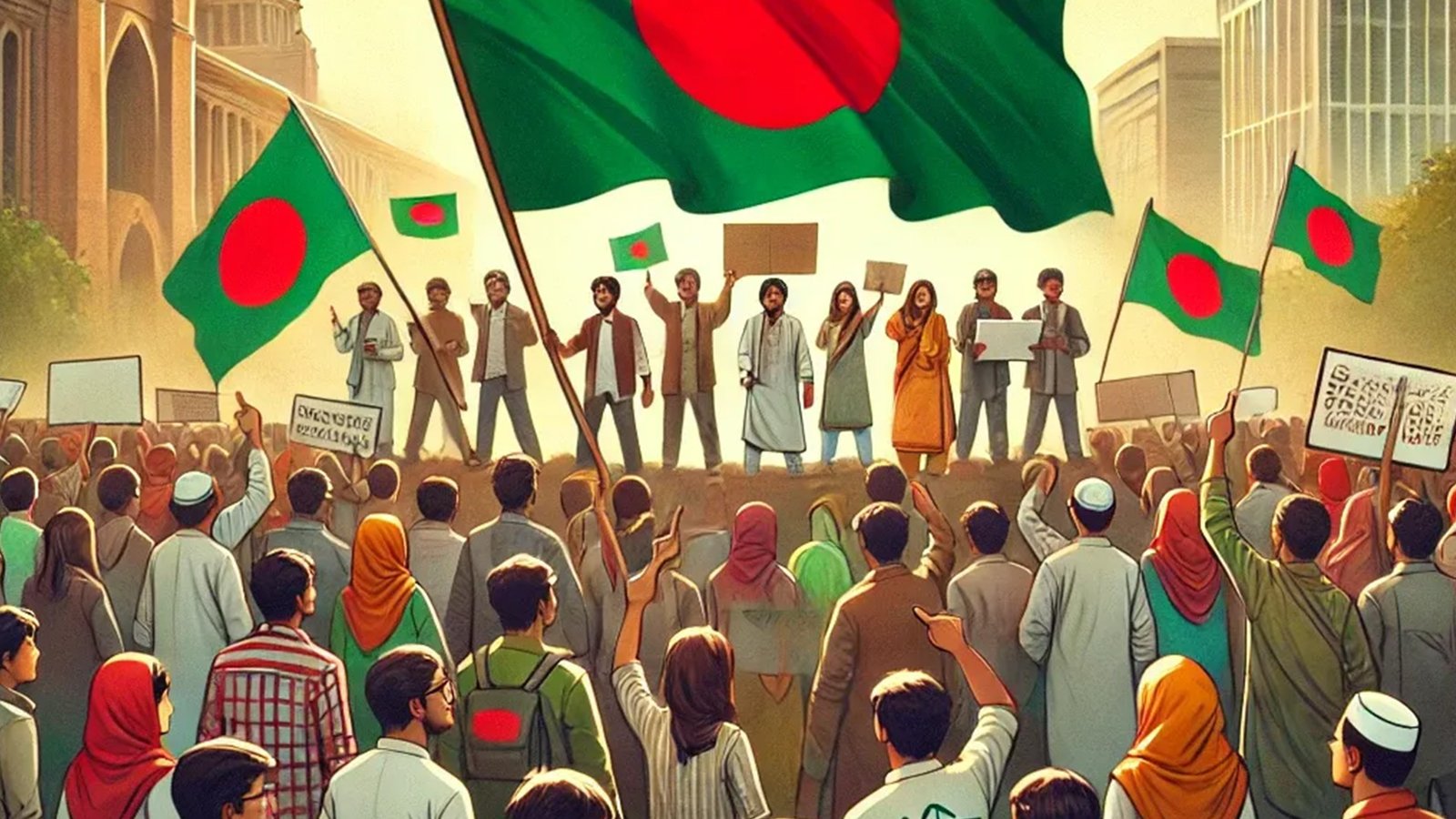Awami League’s Mandate: A Tale of Democracy or Tyranny
It is often believed that the end of Awami League’s tyranny in what is now Bangladesh came fifteen years after its inception. However, the truth is far deeper and darker Awami League’s oppressive tactics had taken root long before 1969. State institutions had already been brought to their knees by the League’s coercion and fraud, while armed militias under its patronage, fully supported by India, spread fear and chaos.
It is a lapse in understanding that whenever the separation of East Pakistan is discussed, the focus invariably shifts to military operations or the results of the 1970 elections. A critical yet overlooked dimension remains: the undemocratic methods through which the Awami League acquired its so-called “democratic mandate.”
In the 1970 elections, the Awami League secured 167 seats in East Pakistan. However, a closer examination of the vote share tells a different story. The League garnered only 38.5% of East Pakistan’s total registered votes, translating to a mere 19.4% of votes from all of Pakistan. On the other hand, Jamaat-e-Islami secured 12.8% of the votes in East Pakistan, and several smaller parties also gained notable support. These numbers clearly indicate that a significant portion of East Pakistan’s populace did not vote for the Awami League. Yet, despite this, the League ruthlessly sought to suppress opposition parties.
Direct attacks were orchestrated against Maulana Maududi and other Jamaat-e-Islami leaders. The Bhashani Group, which dared to challenge Awami League’s brand of nationalism, faced systematic violence its rallies were disrupted, and its workers murdered. During the election campaign, scores of Jamaat-e-Islami workers were killed, while other parties like NAP were politically crippled by Awami League’s armed militias. These actions transformed what should have been a democratic process into an oppressive charade.
The pre-election landscape was even more dire. The Awami League raided opposition offices, harassed workers, and sabotaged their campaigns. As a result, parties like Jamaat-e-Islami and NAP were unable to conduct fair election campaigns.
By March 1971, the Awami League had practically established an unannounced government in East Pakistan. Their armed groups paralyzed state institutions, while violence against non-Bengalis particularly the Biharis was systematically instigated to fan Bengali nationalism. In March 1971 alone, 300 Biharis were killed in Chittagong. Massacres occurred in Jessore, Khulna, and other regions. According to the Pakistani government, militias supported by the Awami League killed 64,000 non-Bengalis and West Pakistanis. International estimates vary between 20,000 to 200,000 fatalities.
All of this occurred at a time when state institutions had succumbed to the Awami League’s dominance. The weakness of Yahya Khan’s government and the inaction of West Pakistani politicians further emboldened the League. By the time Operation Searchlight commenced on March 25, 1971, the clock had already run out.
Also read this: Syria, Turkey, and the Global Chess Players
These undeniable facts reveal that the Awami League’s mandate was not a product of democratic consensus but rather one of coercion, tyranny, and bloodshed. This explains why Sheikh Mujibur Rahman was ultimately assassinated by his own comrades after Bangladesh’s formation. Neither can Sheikh Mujib be hailed as a true hero of the Bengali people, nor can the Awami League be called a “people’s party.” Their fall was the inevitable consequence of their undemocratic methods.
Similarly, Sheikh Hasina Wajed ruled for fifteen years through tyranny and oppression, only to see her government crumble like a house of sand.
And thus, it can be said that 54 years later, Muslim Bengal has finally freed itself from being a proxy of India just as the people of Syria were liberated from the clutches of Bashar and his father.
Written By: Kamran Rafi
16 Dec 2024











